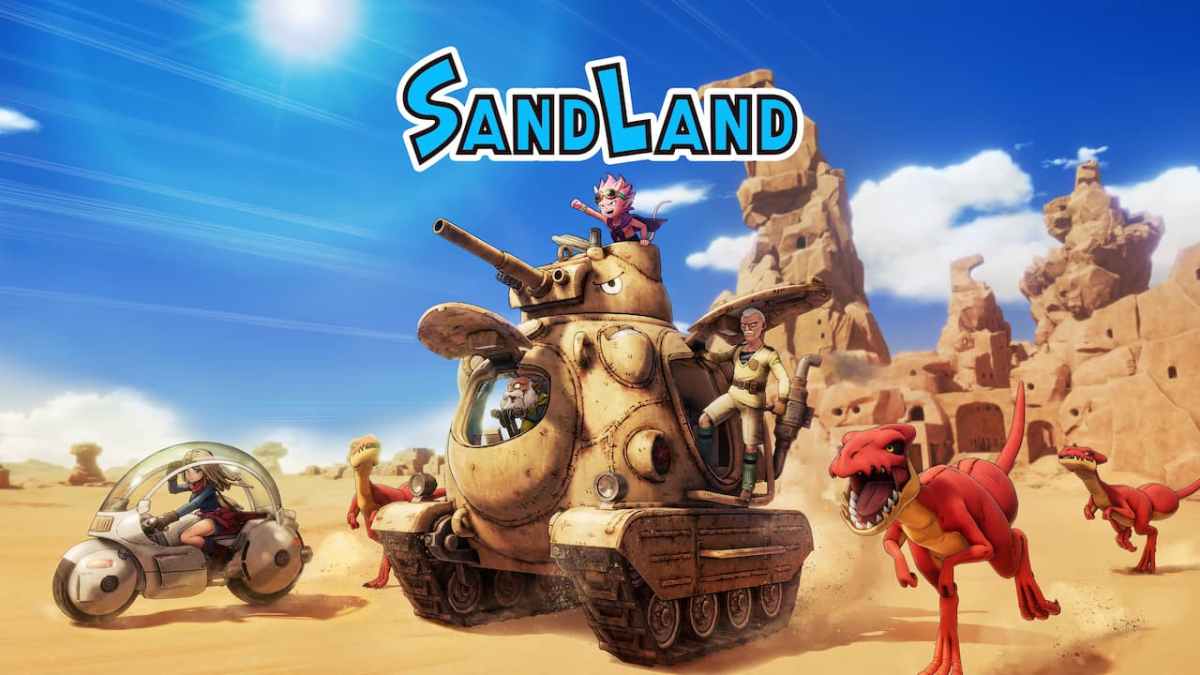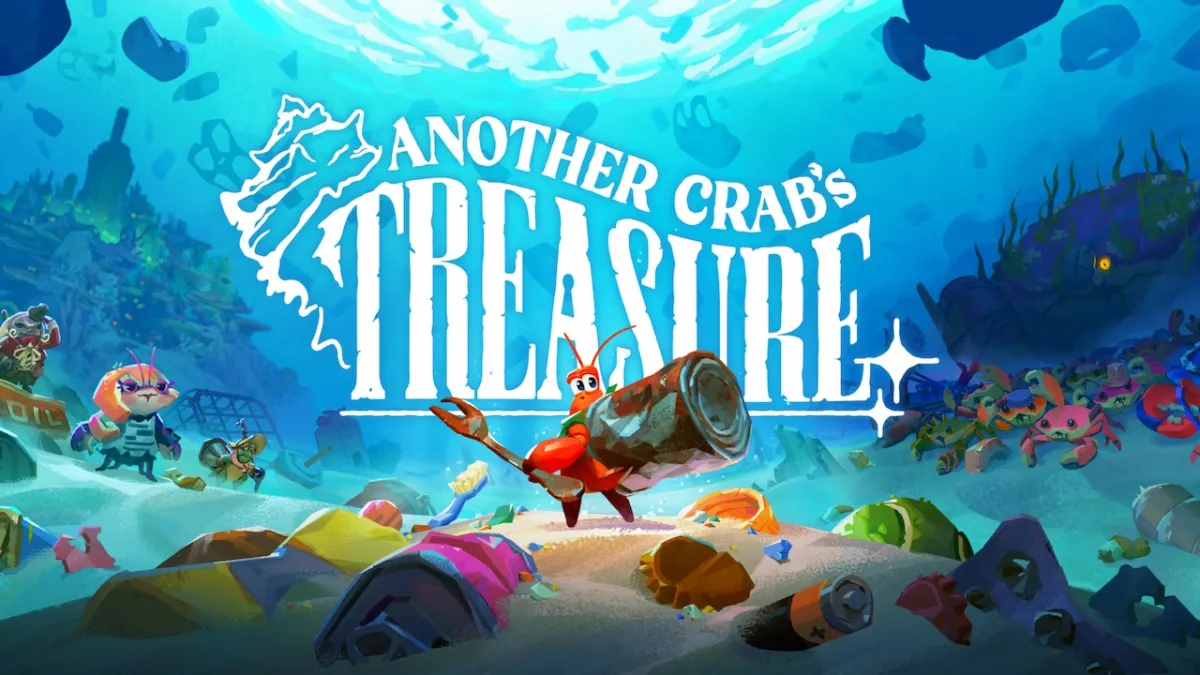Developer: Petroglyph
Publisher: Petroglyph
Release Date: April 22, 2016
Platform: PC vis Steam
Price – $14.99
Disclaimer: The following review was conducted on PC via Steam. A code was provided by the publisher for review purposes.
Do you have a craving for flashbacks and nostalgia hits from the 1990s and early 2000s?
8-Bit Armies is a real-time strategy (RTS) game, developed and published by Petroglyph. The company is mostly known for its most recognizable title, Star Wars: Empire at War. The team is derived of ex-Westwood developers who worked on the Command and Conquer franchise, which to many, molded the RTS genre as we know it today. And, as a love-letter to the genre, 8-Bit Armies takes everything that we loved from the original Command & Conquer games, improved all of the minute issues, and turns it into a really fun to play RTS.
To shed some light on what elements are familiar with prior titles in the Command and Conquer franchise, it is probably most comparable to Command & Conquer Tiberian Sun. Even down to the units, and buildings, which look almost identical to the Global Defense Initiative (GDI) faction from the aforementioned title. This is the most notable considering that building is where you will spend the majority of your time as you prepare for battle. The campaign side of the game doesn’t focus very much on the base building aspect of the game; you do have to build a base, but you start off with one half-built already which you just add to as the game progresses.
Don’t expect to get a compelling or interesting story from the campaign, since there isn’t any plot at all. There isn’t even a mission briefing in between levels. This leaves a slightly empty feeling and without reason for completing the objectives set out before you. It would have been nice to even have a C&C-esque, cheesy storyline playing out in the background. It strikes me that the developers weren’t aiming for a narrative driven gameplay style, but when they call the single player mode a campaign, you still should explain what the campaign is about.
The campaign mode is done a little differently when compared to other games in this genre. Each mission has three objectives under a bronze, silver and gold level of difficulty. Completing the bronze objective opens up the next mission, whilst completing the silver and gold objectives unlocks extra units for you to build. Additional units, resources and power at the start of every level are also attributed to conquering the higher tiers of difficulty. These become important as they deliver a certain essence of sustainability as you continue to develop your own strategy.
Completing 8-Bit Armies took me a disappointingly short amount of time – and this was with collecting gold medals in every campaign level. I couldn’t quite believe it was over and done with in under six hours. You will get plenty of replayability out of the skirmishes and playing online, and even jumping into the co-op campaign mode; but all of these modes don’t offer much more than the single player experience. The multiplayer scene is probably at its peak right now, so if you are the sort that wants to go toe-to-toe with other players, you should get in quick before the numbers start dwindling.
I really thought having this difficulty mechanic in the game gave an extra depth to the overall gameplay, adding genuine layers replayability. Even so, I often find myself not having the right units, or simply not enough time to complete the silver and gold objectives without unlocking some new units first. Meaning, I spent a lot more time backtracking to previously beaten levels, feeling more like a huge chore and adhering to the same pitfalls as other games in the genre.
The main issue I found with 8-Bit Armies can be found primarily in its simplified gameplay. In fact, it’s stripped so much that there isn’t really sense of a challenge, especially if you have even an ounce of RTS experience. There aren’t many options in terms of troops, tanks and specialized buildings to use. You get your bog standard rocket launcher and machine gun troops, then rocket and machine gun tanks. Oh, and guess what? Rocket launcher and machine gun helicopters to boot. I was really hoping that I would unlock some new unit that would really blow me away with something special, but it was the same format over and over.

The same could be said for the buildings; you can’t unlock new research trees by building labs or command centers, even when building a second barracks. You don’t get two build queues for churning out two different types of troops, just get a quicker build time. This becomes frustrating when you need two different types of unit in a sticky situation. It would have been great to see more diversity in both character archetypes, not to mention geographical topography. In short, the maps are as dull as the soldier types.
Throughout the campaign, the missions’ objectives vary from level-to-level, they aren’t all just “wipe out the enemy”. Granted, some of the objectives are to obliterate your enemy, but some of them are much more interesting, such as racing to earn a certain amount of money with time constraints, fending off waves of enemies, capturing hostages, and more that keep the game fresh through each level. 8-bit Armies also has a skirmish mode which is almost compulsory in current RTS titles. This is the bread-and-butter of any game of this type. Simply build your base and raise an army to crush your opponent. No frills, no fancy objectives – just all-out war with up to eight opponents.
During a playthrough, you will play on the same maps at least twice during the campaign. It wouldn’t have cost much more in development time to make a different map per level, surely. When I think about RTS games of the past, I think about the maps that were unforgettable, fighting underneath The Statue of Liberty, fighting around a destroyed Pentagon, The Sun Temple–all really iconic maps from the genre. The importance of the objective at hand highly takes precedence over any other additional aesthetics in a certain light.
8-Bit Armies runs on a voxel engine from an isometric angle. It should be mentioned that the game is brimming with color. It should be pointed out that the game is nowhere near “8-bit”, but more of a Minecraft lookalike. Normally I despise pixelated style, but I was blown away with how stunning the game’s visuals were. There are plenty of small details that went into making this game look as good as it does, from things like smoke coming off destroyed vehicles, to how all of the bullets and rockets wiz across the screen.
As you’d expect for a game that has an art style like 8-Bit Armies, the game is not demanding on hardware at all. Everything loads in a snappy fashion, and 60-fps is a constant, even when you have hundreds of units on screen at a time. I was delighted to see that I could even play in 4k as well. The auditory aspect to the game accompanies the visuals representing the retro theme of the game.
The audio in 8-Bit Armies doesn’t have much in terms of voice acting, but what’s there will really spark up nostalgic feelings from the voice acting of C&C. All of your units are, however, mute, so no longer do you get to hear your army march into battle. The soundtrack was composed by none other than Frank Klepacki who is well known for his work on the C&C series, with his best work being “Hell’s March” soundtracks which were used in the Red Alert series. These soundtracks hit you hard, stir emotions and an added immersive depth. Sadly, the soundtrack in 8-Bit Armies was drab, forgettable and quite frankly–boring. It was disappointing as the Petroglyph developers should have recognized this.
THE BOTTOM LINE
I thoroughly enjoyed my time playing 8-Bit Armies; what lets it fall is dumbed down gameplay that is so simple, it almost makes the game a walk in the park to play. I didn’t feel challenged at any time whilst playing. The short campaign shows how quick you can blast through in a small time frame. I am not sure how many skirmishes people will be happy to keep replaying before they grow tired of the watered down mechanics that this game has. Is the game worth its $14.99 price tag? Yes, I would say so.
Even though the gameplay is simple, I was still gripped to my screen, plowing through the levels. This game is a huge nostalgia high for those who played the original Command & Conquer series and want to relive the greats of the genre; but it is by far not going to stand-up to the more modern RTS titles which we have watched hit the scene in recent years.






